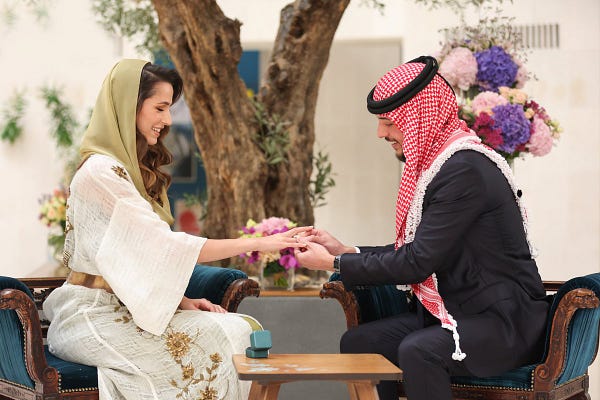




Crown Prince Hussein bin Abdullah of Jordan is engaged to Rajwa Al Saif, a Saudi national. This engagement carries enormous symbolism beyond just Jordan and Saudi Arabia.
The Hashemite Royal Family belong to the Quraysh tribe. The Sharifs of Mecca and later kings of Hijaz, Jordan and Iraq (who could have gained Syria in 1920) are descended in the male line from Ali ibn Abi Talib, a descent shared with the royal families of Morocco, Libya, Yemen and numerous others. The line of the Sharifs of Mecca and of Jordan and Iraq is the Banu Qatada.
Given the history of the kingdoms of Jordan and Saudi Arabia, the royal engagement carries great symbolic heft in tying Jordan and the GCC states closer together. A relationship of states, family lineages and tribes that has deep roots in antiquity and will be the bedrock of a stable, peaceful and prosperous future for the Arab World.


